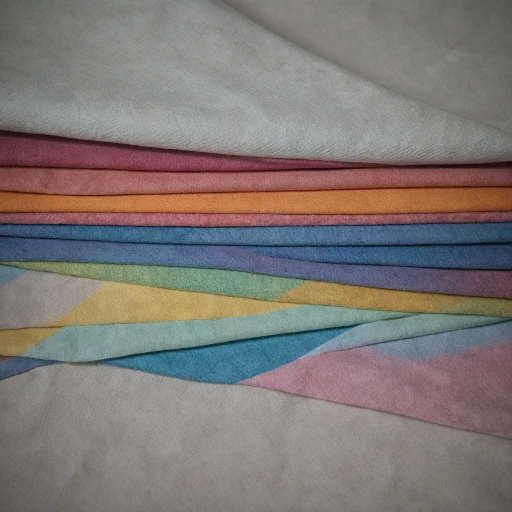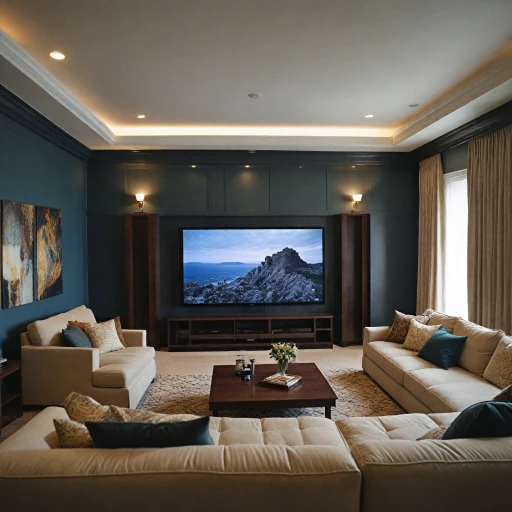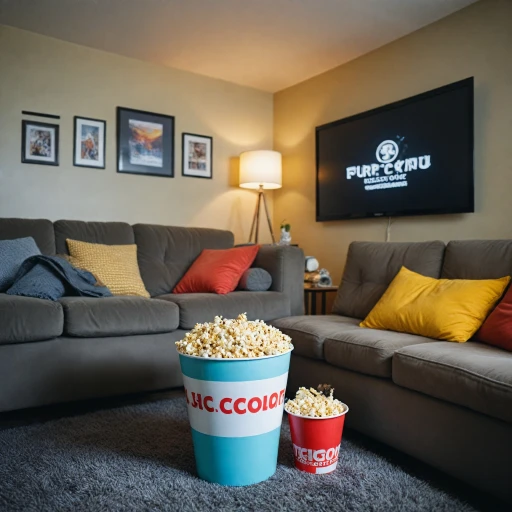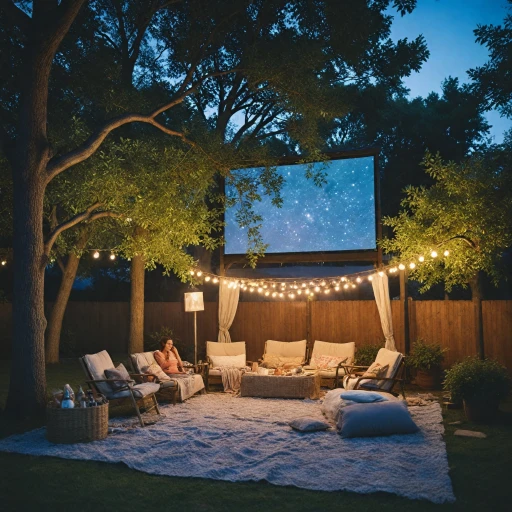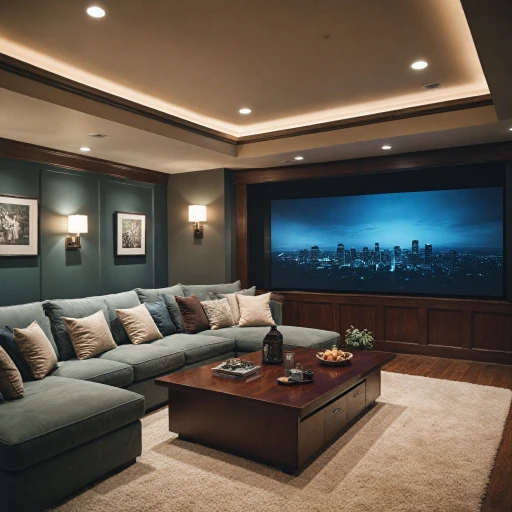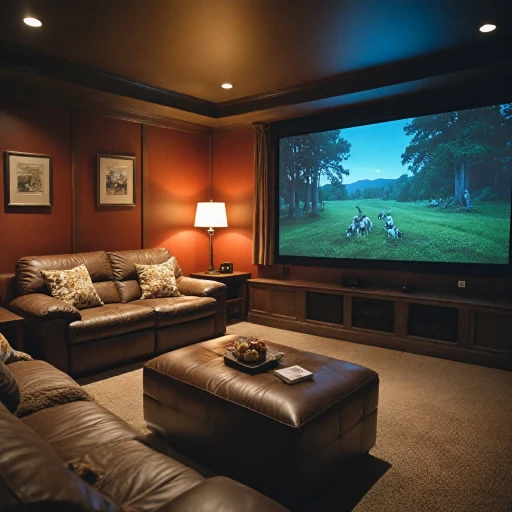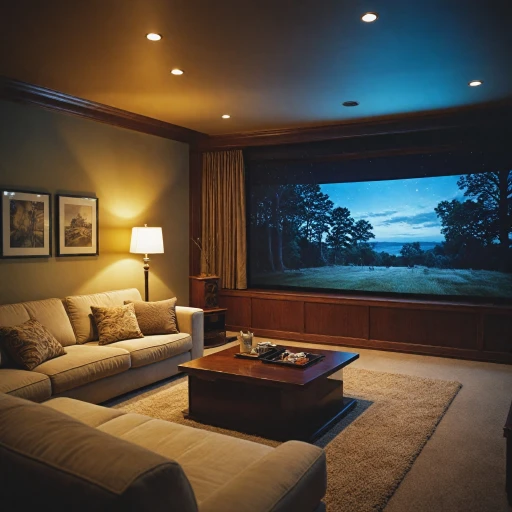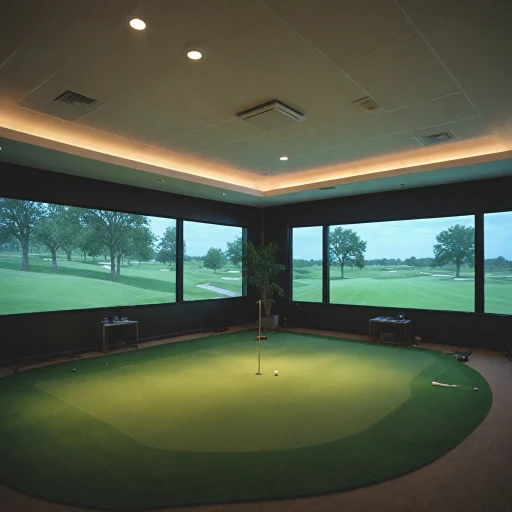The Role of a Projector Lens in Home Theater Systems
The Vital Role of Lenses in Projection
When crafting the ultimate home theater setup, the projector lens plays an indispensable role in delivering a sublime viewing experience. This often overlooked component is crucial in determining the clarity, brightness, and overall quality of the projected image.
A key aspect of a projector lens is its ability to accurately focus light and define the image quality you see on screen. Whether it is capturing the vivid colors of an action movie or the contrasting shades of a dramatic scene, the precision and quality of a lens can make all the difference.
Among various home theater equipment, a projection lens is responsible for adjusting the throw ratio and positioning, which determines how large an image can be projected from a given distance. The versatility of lenses, such as zoom lenses and short throw lenses, allow users to project images in a variety of spaces and environments.
Top brands, such as Epson and NEC, offer a range of projector lenses designed to suit different needs, ensuring high brightness and image quality for a cinematic experience. The demand for high-quality lenses is evident as more consumers seek refined home theater systems.
Understanding the function and importance of a projection lens can significantly enhance your movie nights, transforming them into an immersive experience. The nuanced differences among zoom lens configurations, ultra short throw capabilities, and specific materials used in projection lenses underscore their importance in the setup.
Types of Projector Lenses and Their Applications
Varieties of Projector Lenses and Their Specific Roles
Projector lenses come in various types, each serving a unique purpose in home theater systems. Choosing the right one depends on several factors such as the size of your room, the distance from the screen (known as the throw distance), and the desired image quality. Let’s dive into some of the configurations you may encounter:
- Standard Lenses: These are typically found in many basic projection systems. Known for their moderate throw ratios, they require a specific distance between the projector and the screen to achieve the best image.
- Short Throw Lenses: Ideal for small spaces, short throw projector lenses allow placing the projector closer to the screen without compromising image quality. This is highly beneficial in rooms with limited space.
- Ultra Short Throw Lenses: Pushing innovation further, ultra short throw lenses enable the projector to be positioned extremely close to the screen. This type is perfect for users who want minimal setup hassle and high quality visuals in a light controlled environment.
- Zoom Lenses: With the ability to change the throw ratio by altering the zoom lens setting, these lenses provide greater flexibility in positioning. They can adapt to different room sizes and seating arrangements without requiring physical movement of the projector.
- Fixed Lenses: Offering a static throw ratio, fixed lenses are often less expensive and are used in installations where the projector's position won't change often.
Beyond the basic type, you may also want to consider specialty lenses available from leading manufacturers like Epson, NEC, and others, each offering models that promise high brightness, reduced dust buildup, and other features to enhance your viewing experience.
To maximize your investment, focus on finding the optimum lens configuration that suits your specific home theater needs. Remember to account for factors that affect performance over time to maintain the ideal environment for your system.
Factors to Consider When Choosing a Projector Lens
Key Considerations for Selecting the Right Projection Lens
Choosing the right projector lens is crucial for attaining the best image quality in your home theater system. Understanding the various elements involved can ensure you select the appropriate lens for your specific needs.- Zoom and Fixed Lenses: Determine whether a zoom lens or a fixed lens suits your room layout and setup. A zoom lens offers flexibility in adjusting the image size without moving the projector. This is particularly valuable if you need to change the image presentation frequently. Fixed lenses, on the other hand, are ideal for stable setups where adjustments aren't necessary.
- Throw Ratio: This is an essential factor that calculates the distance between the projector and the screen against the width of the image. For smaller spaces, a short throw or ultra short throw lens can create a large image from a short distance, maximizing available space and enhancing viewing purpose.
- Image Quality and Clarity: High-quality lenses with superior optics will ensure sharp image clarity and high brightness. Brands like Epson and NEC have a great reputation for quality lens performance and durability, enhancing the overall viewing experience.
- Environmental Considerations: Ensure that lenses remain dust free to maintain clarity. Regular lens cleaning with a microfiber cloth can prevent dust accumulation, thus improving image sharpness and contrast. A clean projector is often synonymous with better image projection.
- Cost Efficiency: While free shipping options are attractive, consider investing in projector lenses from reputable series that offer warranty and support. The price shouldn't compromise the lens' quality and long-term value.
Maintaining Your Projector Lens for Optimal Performance
The Importance of Keeping Your Projector Lens Clean
One of the best ways to maintain your projector lens for optimal performance is by ensuring it stays free of dust and debris. Dust accumulation can affect the lens quality, causing images to appear blurry or distorted. Regular cleaning with a microfiber cloth is recommended to maintain high image quality. When cleaning, it’s crucial to be gentle to avoid scratching the lenses. A microfiber cloth is ideal because it effectively removes particles without damaging the lens's surface. Cleaning the lens regularly not only helps in achieving a clear projection but also prolongs the life of the lens.Ensuring Proper Calibration and Settings
Properly calibrating your projector is another vital aspect of maintenance. The throw ratio, zoom lens settings, and light calibration should be checked and adjusted regularly to keep the image quality high. Whether it's a short throw or ultra short throw projector, making sure these settings are optimized will result in a better viewing experience. For projectors like those from Epson and NEC series, these adjustments can significantly affect performance and should not be overlooked. If your projector has the ability to adjust the zoom and focus, ensuring these are set correctly can maximize the use of the throw lens.Protecting Your Projector Lens from Environmental Factors
Another key aspect of projector maintenance is protecting it from environmental factors that can degrade the lens. Prolonged exposure to high brightness or sunlight can affect the materials and coatings on the projection lens. To ensure longevity, position the projector in a way that minimizes exposure to harsh light conditions. Furthermore, storing the projector in a dust-free environment is essential, especially in households with pets or high foot traffic. Using a cover when the projector is not in use can help in maintaining its condition by keeping dust and other particles at bay. Regular maintenance checks and adherence to these practices can help you enjoy the best performance from your home theater projector for years to come. Understanding how to care for your lens projector is a critical step in maintaining your home theater system's projection quality and overall light performance.Common Issues with Projector Lenses and How to Fix Them
Troubleshooting Your Projector Lens: Solutions for Common Problems
When it comes to home theater projectors, a lens can occasionally cause issues that affect the overall viewing experience. Addressing these common problems promptly can make a significant difference in image quality and performance.- Dust Accumulation: One of the most prevalent issues is dust settling on the lens, which can lead to a hazy or distorted projection image. Regular cleaning with a microfiber cloth can help keep the lens dust-free and maintain optimal image clarity.
- Lens Scratches: Physical damage such as scratches is another concern. While some minor scratches might not impact image quality too much, significant scratches might require professional repair or replacement of the lens.
- Zoom Lens Problems: Difficulty in adjusting the zoom lens might occur. This can affect the projection size and throw ratio. Ensure that the zoom mechanism is free from obstruction and operates smoothly.
- Focus Issues: Occasional challenges with maintaining focus might stem from improper calibration. Ensuring that the projector lens is appropriately adjusted for the throw distance and projection angle can help resolve such issues.
- Light Leakage: This problem might result in unwanted light being visible around the projection. Adjusting the lens alignment and ensuring it fits properly can minimize light leakage and enhance contrast.
Future Trends in Projector Lens Technology
Advancements Shaping the Future
The future of projector lens technology promises a blend of innovation and refinement, likely setting new standards for home theater experiences. As technology advances, projectors are expected to offer higher resolutions and enhanced image quality, influenced significantly by their lenses. Here are some trends to watch for:- Ultra Short Throw Projectors: With the demand for saving space while achieving high brightness and large images, ultra short throw projectors, equipped with specialized lenses, are gaining popularity. These projection lenses minimize the distance needed from the screen, offering flexibility in room placement.
- Improved Lens Materials: Innovations in lens materials are crucial for improved clarity and reduced light dispersion. These advancements will likely result in superior image quality and robustness, even in diverse environmental conditions.
- Smart Projector Lenses: Future projector lenses may incorporate smart features, such as adjustable zoom and projector zoom lens capabilities that automatically optimize the image based on room dynamics and ambient light conditions.
- Increased Flexibility with Zoom Lens: As consumers demand more customization in their viewing setups, the functionality of zoom lens options will expand, allowing for more versatile placement of projectors, like short throw and long throw lenses, alongside maintaining high resolution.
- Enhanced Durability and Maintenance: With usage innovation in mind, projector manufacturers are focusing on creating lenses that resist dust and are easy to clean, often featuring free shipping and including accessories like microfiber cloths for lens cleaning.

